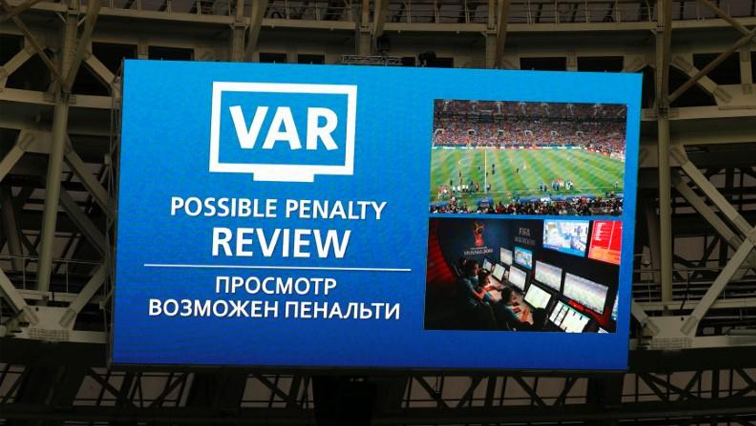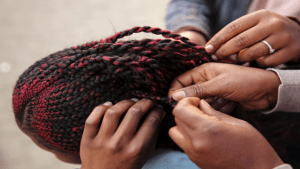The real competition is only just beginning as the women’s World Cup heads into the knockout phase with hosts France and holders the United States — the two favourites — on a collision course to meet in the quarter-finals.
Progress through the group phase has been largely serene for those sides, although a knock to star striker Alex Morgan has given the USA some cause for concern before their last-16 tie against Spain.
There have been plenty of positives to take from the two weeks of competition so far, but there has also been controversy stemming from the use of Video Assistant Referees.
The VAR again came to the fore in the USA’s 2-0 win over Sweden on Thursday, with Jonna Andersson’s second-half own goal in Le Havre standing despite substitute Carli Lloyd appearing to interfere with play from an offside position in the build-up.
– ‘Simply stupid’ –
VAR is struggling to deal with the new definition of handball, but the biggest controversies have come from retaken penalties, in Nigeria’s defeat against France and then for Argentina to eliminate Scotland.
If the use of VAR at the 2018 World Cup in Russia was ultimately deemed a success, the stringent application of recent modifications to the laws of the game is causing problems.
Scotland and Nigeria were undone by the law on penalty kicks, meaning a goalkeeper must have “at least part of one foot on… the goal line when the kick is taken”.
The VAR found that Scotland goalkeeper Lee Alexander, like Nigeria’s Chiamaka Nnadozie, had strayed fractionally in front of the line, and penalties either missed or saved were retaken and converted.
“If you ask me, the rule is simply stupid,” raged Germany coach Martina Voss-Tecklenburg ahead of her team’s last-16 tie against Nigeria on Saturday.
“We may as well just tie goalkeepers legs together so they can’t move at all.”
Critics might suggest FIFA are using the women’s World Cup as a laboratory to see how VAR deals with the law changes. However, the chairman of FIFA’s Refereeing Committee, Pierluigi Collina, has defended the changes.
“First of all I would remind everyone that, for a long time, goalkeepers had to keep both feet on the goal line until a penalty kick was taken,” he pointed out.
He added that “we discussed this matter with players and coaches and eventually decided to help goalkeepers by allowing them to have only one foot on the goal line instead of two.”
Heading into the knockout rounds, the fear has to be that chaos could ensue in penalty shoot-outs, but the game’s lawmakers, IFAB, announced on Friday that yellow cards will no longer be shown for encroaching goalkeepers at the tournament.
The controversy has drawn attention away from the on-pitch successes, with all the favourites advancing.
Brazil’s Marta became the World Cup’s all-time leading scorer with 17 goals, while Morgan grabbed five in her country’s 13-0 demolition of Thailand, the biggest ever victory at the tournament.
The gulf between the established nations and the developing countries was laid bare there.
– Empty seats –
Fans are watching around the world, with record audiences tuning in to coverage of games in Italy and in the UK. In France, almost 11 million viewers watched the hosts’ opening game against South Korea.
There is a fervour around France’s matches, which have attracted sell-out crowds. Often, though, attendances have been disappointing. Most matches have not sold out. Nevertheless, organisers are happy.
“Before criticising some of the attendances we need to first of all be happy that so many people are turning up,” Erwan Le Prevost, head of the Local Organising Committee, told AFP.






